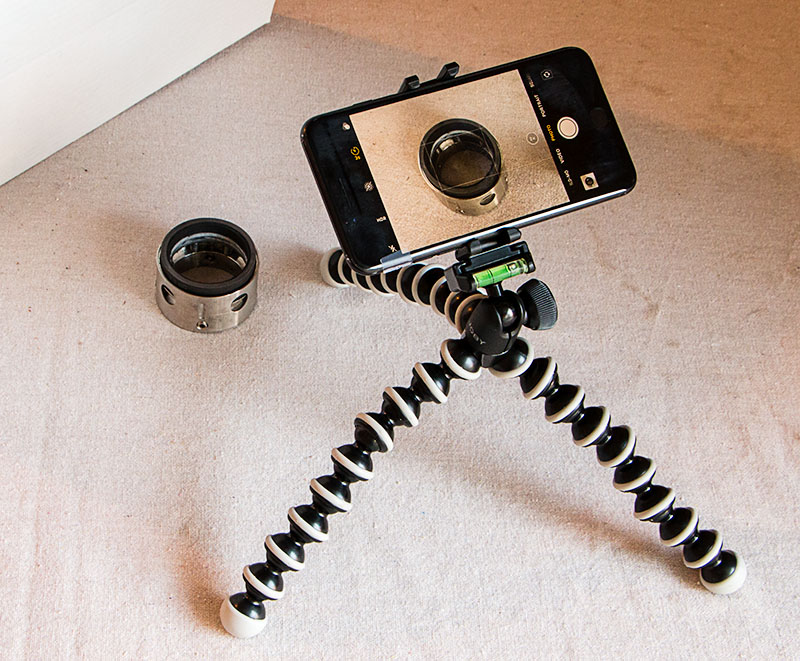
Photography has been a hobby of mine for many years. My first engineering job was at Texas Eastman Company in Longview, Texas in 1970. Texas Eastman was in the chemicals division of Eastman Kodak and the company sponsored a photography club. The club had cameras for rent, studios, and darkrooms for making prints. The more experienced club members taught classes in photography. I quickly became hooked and bought a 35mm single lens reflex camera to replace my little point and shoot Instamatic.
In those days, getting a photo of a mechanical part meant using the company photographer. Typically, the photo would be a black and white print or perhaps a color slide. There really was no good way to attach a photo to a report. One or two people might get a copy of the print and another print went into a file.
The first photo of a broken part that I personally requested was of a broken shaft. The camera used was a Hasselblad – a medium format camera. This camera was primarily used to get publicity photos of people and events for the company newsletter. Although the print of the broken shaft came out quite well, getting it was a very big deal. I couldn’t help but think that I could have got the same photo with my 35mm camera and the process would have been much simpler.
As the years passed, for purposes of making presentations (which meant 35mm slides in those days), I began to take pictures of products and failures. This was not an easy task. Getting the lighting right was not simple. My personal 35mm camera would not focus close enough so I got a simple “extender”. There was no “editing” of the 35mm slides so I bracketed exposures. The results were not very good.
More years passed and I tried a very basic digital camera having ¾ megapixel resolution. Although it was OK for snapshots of friends, it was not very good for recording the condition of broken parts.
The next camera upgrade was very significant. We (meaning the company) bought a 3 megapixel Nikon 990 digital camera. At first, I thought it was wonderful. I could even attach it to a microscope. But after a couple of years, I had to admit that the quality (meaning resolution) just wasn’t very good. On the other hand, the entire technology of writing a report had changed and it was relatively simple to add a digital image to a report and print it – or simply email the report.
I needed/wanted a better camera so I personally bought a Canon Powershot and used it (and a few upgrades) for many years to get images of products, new parts and broken parts. I had learned a bit about lighting along the way so my images had improved.
Before too long, cameras were incorporated into cell phones and salesmen as well as end users began to send me digital images. Frankly, most of these early cell phone images were terrible; however, I greatly appreciated the additional information at the time. Fortunately, cell phone cameras have improved tremendously and that is the real reason for this blog.
Today, you can provide more than adequate information about a broken part by just using your cell phone camera. In fact, there are many advantages to using your cell phone camera for this task. But this post is already long so I’ll expound a bit more in the next blog.
